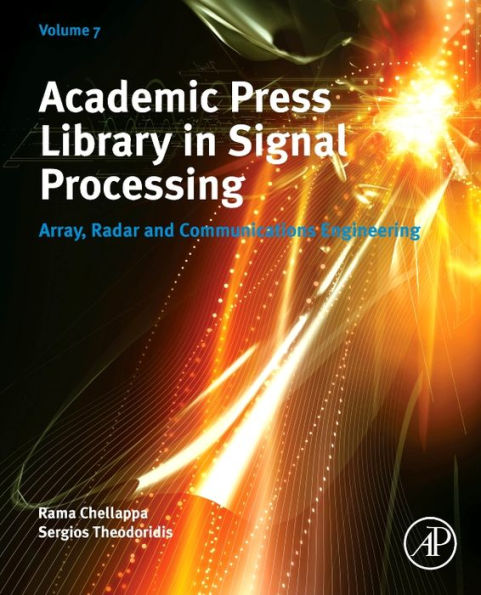5
1
9780128118870



Academic Press Library in Signal Processing, Volume 7: Array, Radar and Communications Engineering available in Paperback, eBook

Academic Press Library in Signal Processing, Volume 7: Array, Radar and Communications Engineering
- ISBN-10:
- 0128118873
- ISBN-13:
- 9780128118870
- Pub. Date:
- 12/01/2017
- Publisher:
- Elsevier Science
- ISBN-10:
- 0128118873
- ISBN-13:
- 9780128118870
- Pub. Date:
- 12/01/2017
- Publisher:
- Elsevier Science

Academic Press Library in Signal Processing, Volume 7: Array, Radar and Communications Engineering
$155.0
Current price is , Original price is $155.0. You
155.0
In Stock

Product Details
| ISBN-13: | 9780128118870 |
|---|---|
| Publisher: | Elsevier Science |
| Publication date: | 12/01/2017 |
| Pages: | 650 |
| Product dimensions: | 7.50(w) x 9.25(h) x (d) |
About the Author
What People are Saying About This
From the B&N Reads Blog
